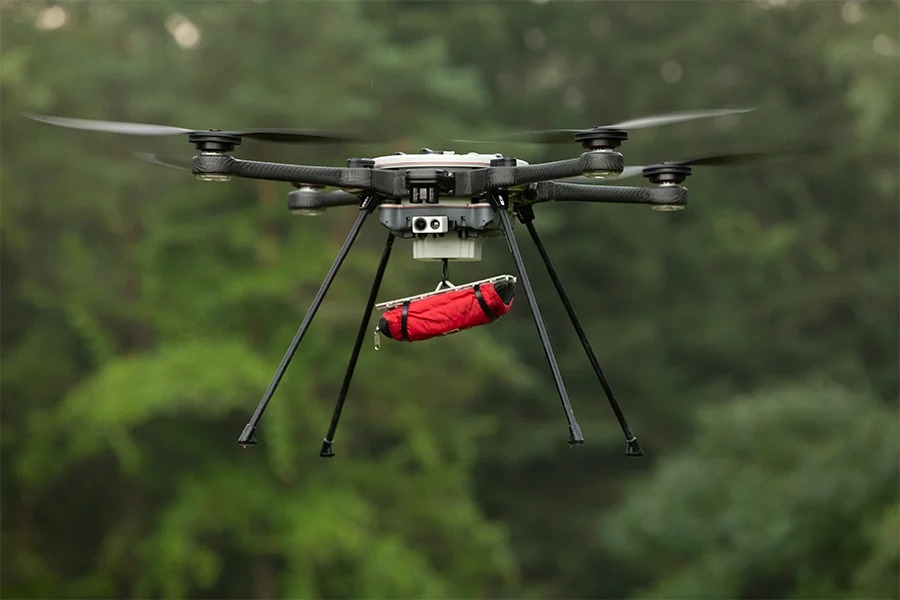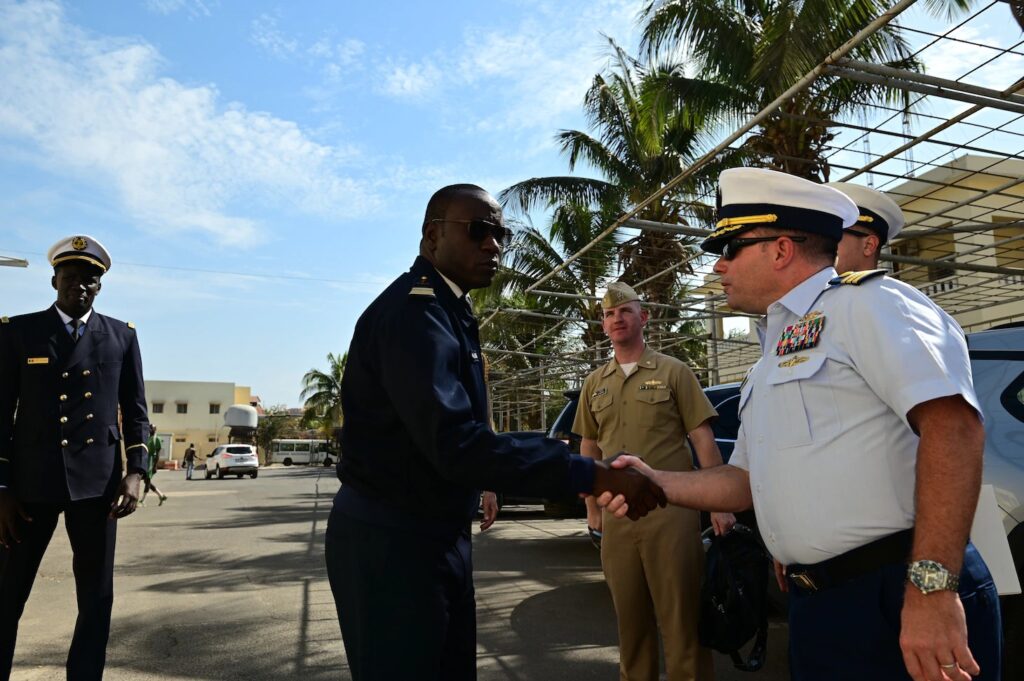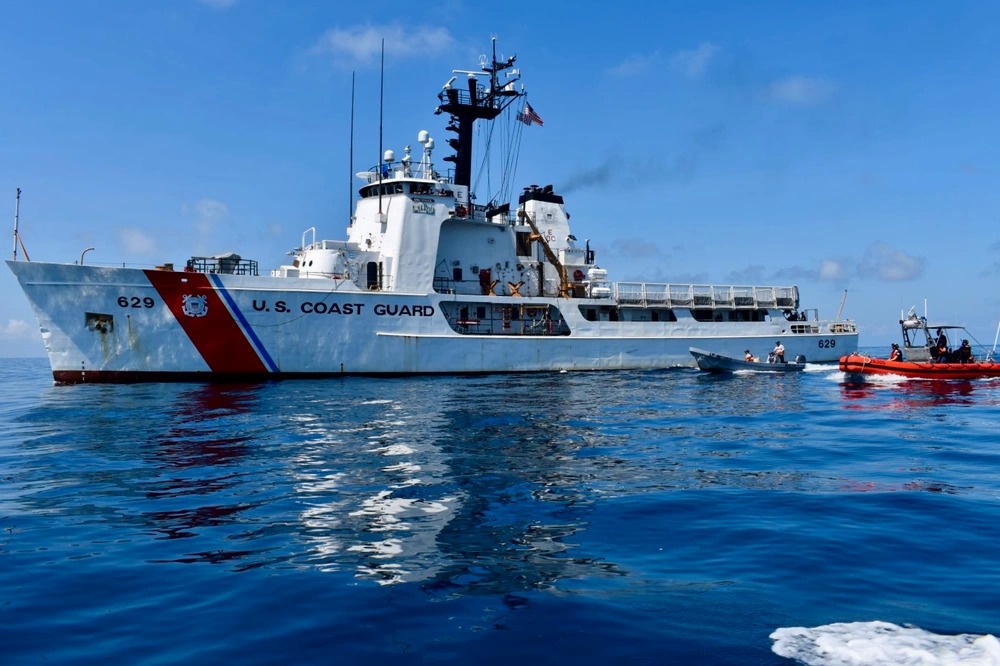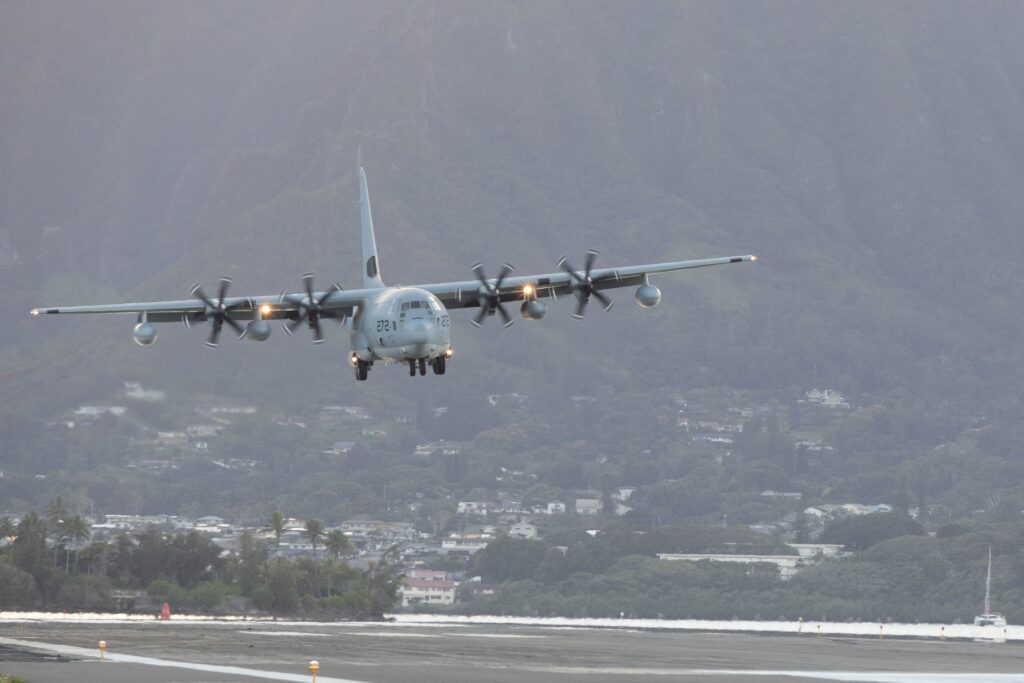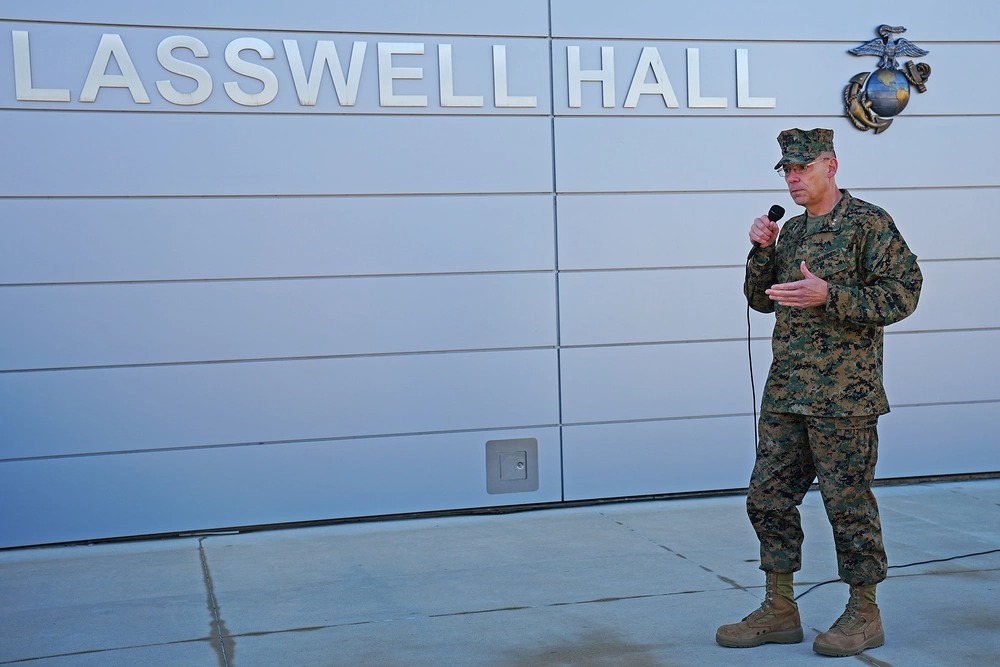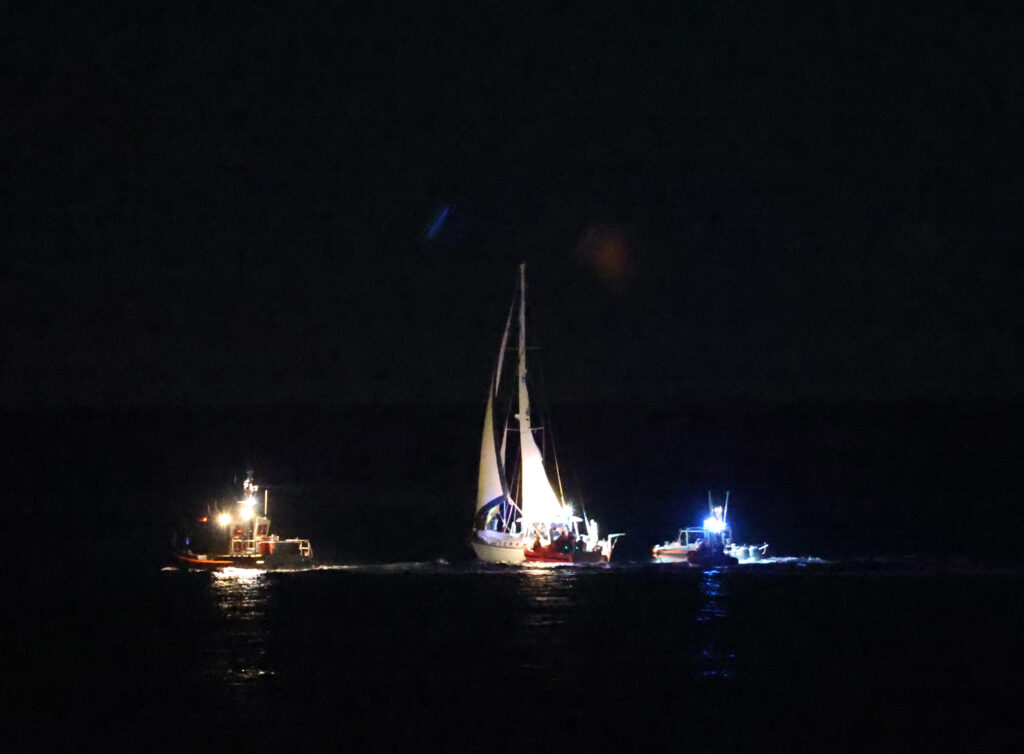Coast Guard Has No Personnel Retention Problem, But Recruiting Is Another Story
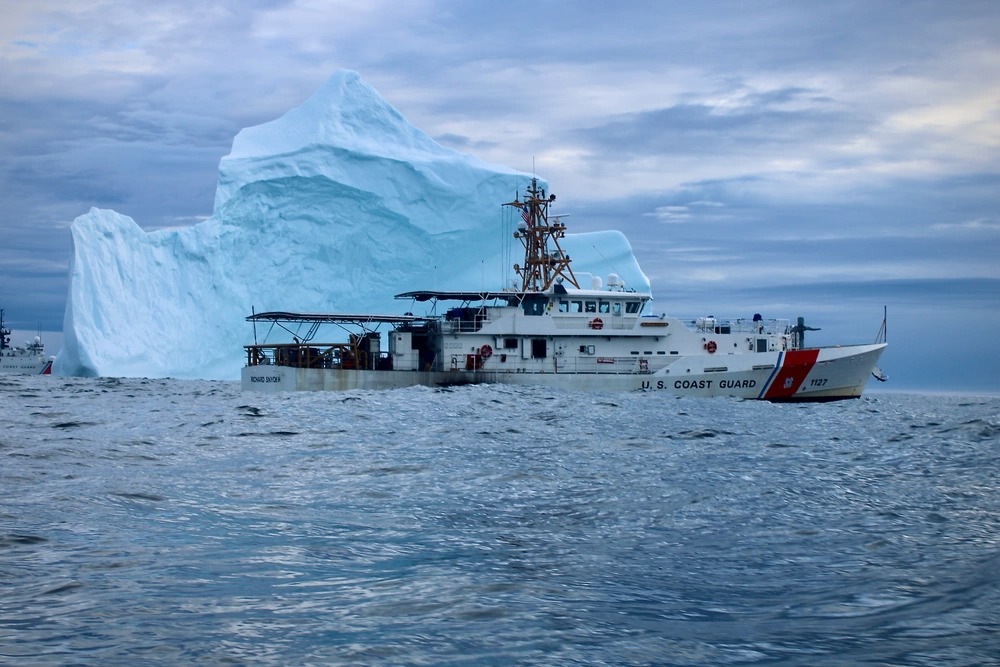
*******
ARLINGTON, Va. — Retaining veteran personnel is not a problem for the U.S. Coast Guard says Commandant Adm. Linda Fagan, but recruiting the right people who want to go to sea remains “a challenge.”
From patrolling the Arctic, conducting counter-narcotics trafficking operations in the Caribbean Basin, helping vulnerable nations across Oceana protect their resources from illegal, unreported and unregulated (IUU) fishing, to joining U.S. Navy ships in freedom of navigation transits through the Taiwan Strait, “We have never been in greater demand around the world,” Fagan said.
However, the Coast Guard, like the other armed services and employers across the nation, “is facing the challenge of recruiting,” Fagan told attendees at the Surface Navy Association’s annual national symposium Jan. 11.
New USCG Recruiting Programs
The Coast Guard has several pilot programs to address the recruiting challenge, including one that would allow lateral entry for civilians with key skills, like culinary specialists and certified EMTs, to move more quickly into their chosen service job after basic training.
The Coast Guard’s first female commandant, Fagan said her number one priority is managing talent to keep a workforce “trained, ready and relevant for the work ahead.” The problem, she said, is getting young people to see the opportunity that service brings.
“We’re a sea-going service, and having a workforce that’s excited to go to sea on the state-of-the-art ships that we’re building is a priority,” Fagan said. The Coast Guard has set up sea duty readiness council to lead efforts to mitigate the challenges that go along with serving at sea.
That includes being responsive to the expectations of the generation that the Coast Guard wants to recruit, such as reliable internet service. To that end, the Coast Guard has made antenna upgrades and increased spending on satellite reception and bandwidth.
“Improved connectivity helps people stay in touch with their friends and family and eliminates some of the arduousness of sea duty,” Fagan said.
While the Coast Guard has used incentive pay and signing bonuses to encourage old hands to stay and new ones to join, “I don’t think we can buy our way out of this,” Fagan said. “If you get the system right, the structure, the conditions of employment, that bonus becomes just a cherry on top. You’ve already sold them on the work and the values.”
